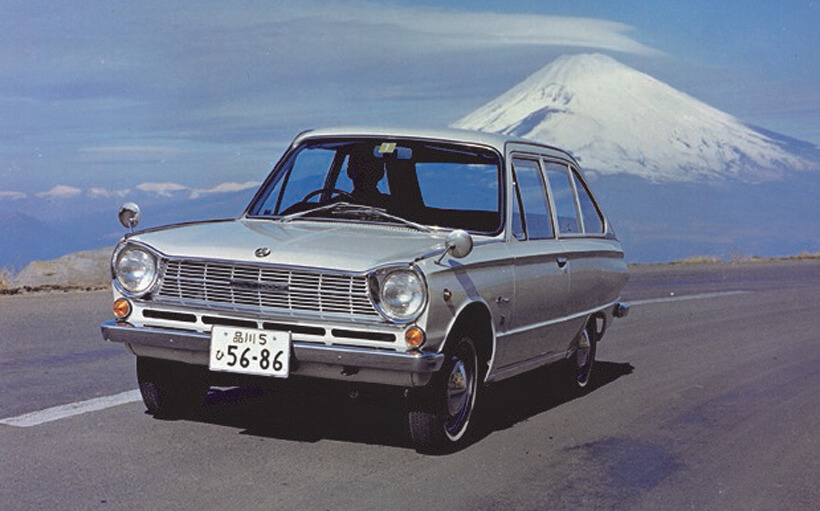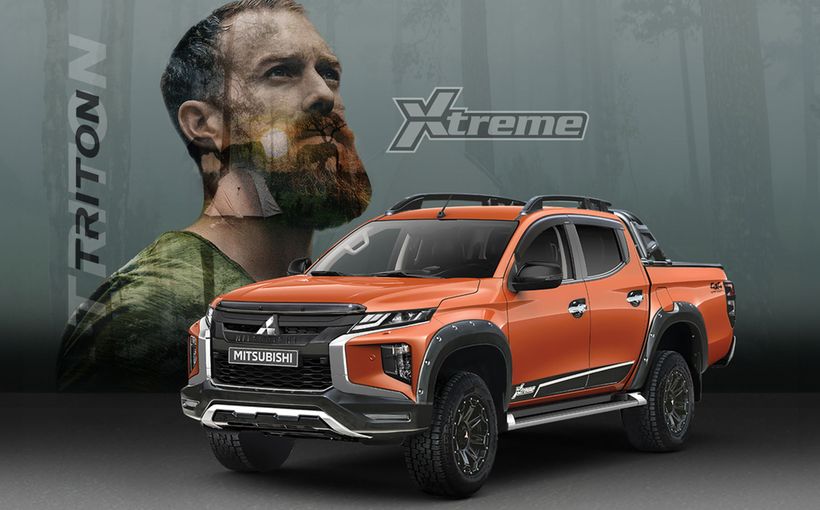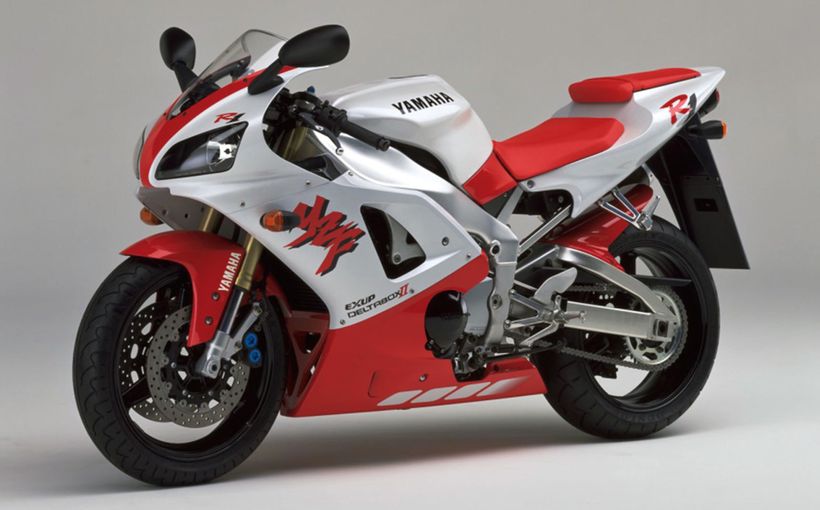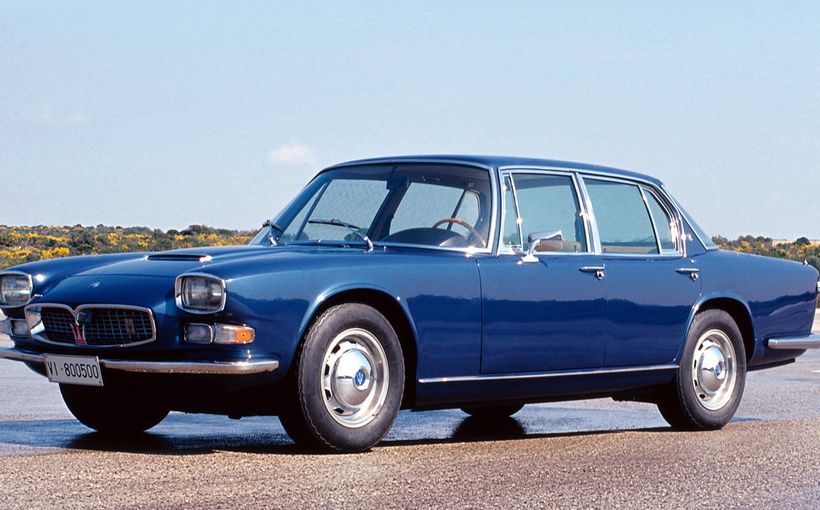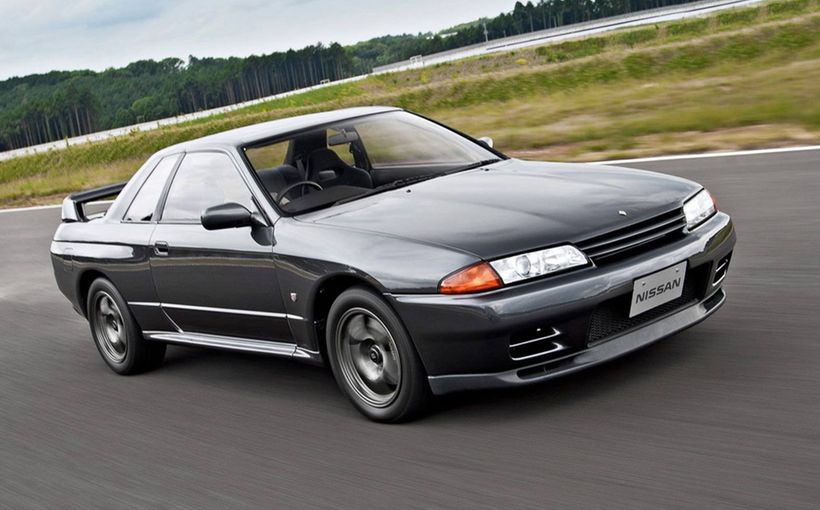Mitsubishi Colt 1000F and 1100F: a truly innovative fastback

The Mitsubishi Colt 1000F, which made its Australian debut in early 1967, had several distinctive attributes. But it was one of those cars that motoring journalists found easy to criticise. It now seems fair to suggest that the Colt fastback’s true character was probably not appreciated for several years, by which time it had carved out a brilliant reputation in rallying. It also acquired a higher level of refinement through the years.
One distinctive feature was that despite looking like one, the 1000F was not in fact a hatchback. That ‘F’ stands for Fastback, back in the day when ‘Fastback’ didn’t mean hatchback. From the debut of the Ford Mustang fastback in August 1964 (four months after the coupe and convertible variants), this body style became immediately fashionable. Volkswagen introduced its 1600 TL Fastback in August 1965, the same year that Renault revealed its radical 16.

The 16, the 1966 European Car of the Year, effectively introduced the modern hatchback. But even two years later when the Colt 1000F arrived here, the term ‘hatchback’ was yet to be coined.
Perversely, the Wheels tester preferred to call the Colt a ‘slowback’. You could almost feel the anti-Japanese prejudice. The June 1967 report is entitled ‘Not so much a gallop as a canter’. The sub-heading reads:
New Mitsubishi Colt 1000F fastback turns out to be a slowback. But as value for money, there isn’t much better around anywhere.
I am tempted to conclude that the little Mitsubishi was ahead of its time when I read the opening paragraph:
We should go on record instantly as saying that we’ve never particularly liked the fad for fastback body design in small and small-medium cars. What goes down well on a big US car with perhaps 116 inches of wheelbase gets bodged up in the translation down to something perhaps half the overall length [ don’t think so: the Colt was 12 feet three inches long and typical 1967 Americans were 17!]. But suddenly it’s fashionable, and the day they announced a fastback Volkswagen the staff practically went into mourning. In honour of this trend we have coined a new word; ‘slowback’, which we will probably apply from here on in to every small car using this bastardised, neo-GT, pseudo-two-plus-two look that does little but cut down headroom and rear vision and doesn’t really help the drag factor at all.

Remember 1967? The HR Holden – at least until later in the year when the 186S variant arrived with a four-speed floorshift – used a three-speed gearbox with no synchromesh on first. Column gearchanges were still commonplace, featuring on even some quite sporty cars such as the Fiat 1500 and Peugeot 404. So the Colt’s all-synchromesh ‘four-on-the-floor’ – and this was right at the time when that catchy phrase was coming into vogue – was quite a standout feature.
So, too, was the car’s relatively quick steering with just 2.6 turns lock to lock and a tight 29.5-foot circle. This doubtless contributed to the Colt’s rallying career.

When Wheels published its mainly negative road test, the Colt’s fast days on the dirt obviously lay mainly in the future. Here is the concluding paragraph:
All in all, the Colt fastback left us a little cold. One strong impression is the way the interior light came on every time we rushed around a left-hand corner, but that was just a one-car fault, surely. It did its job well, returned good fuel consumption, only fair performance figures, and struck us as a good car for the young marrieds, with one or two children, who are more suburban potterers than interstaters. So we’ll leave it at that.
The rear suspension was reasonably unusual in using three leaf springs but the front must have caused attention with its single transverse leaf.
By early 1969, the Mitsubishi fastback had undergone a major upgrade. Its 977cc engine had been enlarged to 1088cc and power had climbed from 55 brake horsepower to 58. Not only that, but it now had a third door – what we would later call a hatch – and a cabin configuration with at least some of the versatility of the Renault 16’s. The rear seatback folded flat to give a station wagon like load area.
Perhaps the most distinctive feature of all was only discovered by some owners when they got a flat tyre. The cover of the spare wheel well then revealed itself to be a folding picnic table with spring-loaded legs. This remarkable faux wood item did not especially endear itself to one road tester. The May 1969 edition of Modern Motor contains this curious observation:
The Colt also has something we’ve not seen on anything as cheap as this before – a picnic table.
This covers the spare wheel-well in the rear, and can be lifted out easily, and its legs unfolded in such a way that it is just the right height for eating from when squatting on the ground. Very Japanese, that!
Appealing, I reckon, a folding table (perhaps as collectible now as Holden’s Hutch Hatch option for the Torana Hatchback). But less so were the rear side windows, which were hinged on the top and swung out horizontally from the body of the car; actually, the somewhat homely-in-profile fastback had two rear side windows per side! Quite novel for the rear was the concealment of the fuel cap behind a swing-down numberplate.

An increase in capacity of 111cc might not seem much but constituted more than 10 per cent. And even though three brake horsepower is indeed a modest gain, the 1100F delivered a surprising gain in performance, thanks largely to greater torque. Gear ratios and final drive were also changed.
Where the 1000F could manage just 34 miles per hour in second gear and 60 in third, the later model ran to 42 and an indicated 70. The diff ratio was much higher at 4.22 compared with the 1000F’s 4.625.
The 1000F, like its 0.8-litre predecessor on the domestic Japanese market, was conceived mainly with that country’s road and driving conditions in mind. Despite a claimed top speed of 125km/h, the comfortable cruising speed was little more than 100, which explains the aforementioned quote about the car not being suitable for ‘interstaters’.
And yet it was quite an advanced engine. Known as the KE43, it had an alloy cylinder head with wedge-shaped combustion chambers. And its peak power arrived at what was then a very high 6000rpm. The problem for Australian drivers was that maximum torque was not reached until 3800rpm. Combine that with very low gearing and it’s easy to see why the Wheels tester was unimpressed by the Colt’s overall performance.

Interestingly, Australia was one of very few export markets to receive the 1000F. Before releasing the car, two prototypes were sent out for durability testing. The drivers suggested almost 40 improvements, the majority of which were made; so, that Mitsubishi reputation for toughness dates back to the 1960s!
Mitsubishi aimed its Colt fastback at young buyers. A Japanese brochure for the early 800 depicts a couple making their way from an aircraft to the Colt. A shot of the driver’s seat reveals a pair of driving gloves – still almost de rigeur in the second half of the swinging sixties.
By the time the 1100F came out, the Colt had grown in competence. The 1100F could reach a true 80. Comparing the performance of this variant with the 1000F is revelatory. The respective standing quarter-mile times were 22.5 and 20.7. Although the 1100F could not match the Peugeot 404 – one of the most highly regarded sedans of the day – on top speed, its acceleration was very similar, with zero to 50 miles per hour taking 11.5 seconds compared with 10.9 for the 1966 76-horsepower Peugeot (early cars having 72 and later ones 80). Indeed, the 1100F was quite a close match for the Toyota Corolla.

By 1968-69, there was a perceptible change in tone in reports of the Colt. That’s because, by this time, in the hands principally of Colin Bond, the Mitsubishi was carving out its brilliant reputation in rallying. This success was also reflected in the introduction of a special sports version which incorporated many of the modifications found in the motorsport variants.
Known as the 1100F SS, this was quite a hotshot when it appeared in October 1968. The Colt that came third outright in that year’s Southern Cross developed 76 brake horsepower at 6500rpm. Twin SU carburettors, a high lift camshaft and a big exhaust were key improvements over the standard 1100F. The SS lost just three brake horsepower compared with the rally car. Zero to 60 miles per hour took 12.7, the standing quarter 19.2 and maximum speed was 91.
The SS also got front disc brakes, a bigger fuel tank, different gear ratios and final drive, stiffer dampers and an uprated cooling system. It was probably the closest thing you could buy to a rally car. Interestingly, the SS was the first Colt with standard seat-belts.

Checking through all the cars on the Australian market at the time, no other 1.1-litre car produced as much power. The benchmark 1.2-litre Fiat 124 sedan made 65. At the end of 1969, the standard Colt 1100F cost $1785, the Deluxe $1898 and the SS $2285. The Fiat 124 cost $2509.

My research leads me to conclude that the same person who wrote that 1967 ‘slowback’ Wheels test, prepared the following passage in 1969:
The Colt Fastback has distinguished itself as a rugged small sedan with excellent performances in some of Australia’s toughest car rallies. Although it is not really a sporty type of vehicle, its excellent balance of power and handling enables it to maintain surprisingly good averages in adverse conditions.

In summary, the Mitsubishi 1000F was the second example of the marque to be sold in Australia, following the Colt 1000 sedan (a circa 1967 television advertisement for which showed a child completing his prayers with ‘and God bless Mummy’s little Colt’). Thanks largely to the exploits of Colin Bond behind the wheel in major rallies, the Fastback soon established a giantkilling reputation and is now a highly sought classic.



